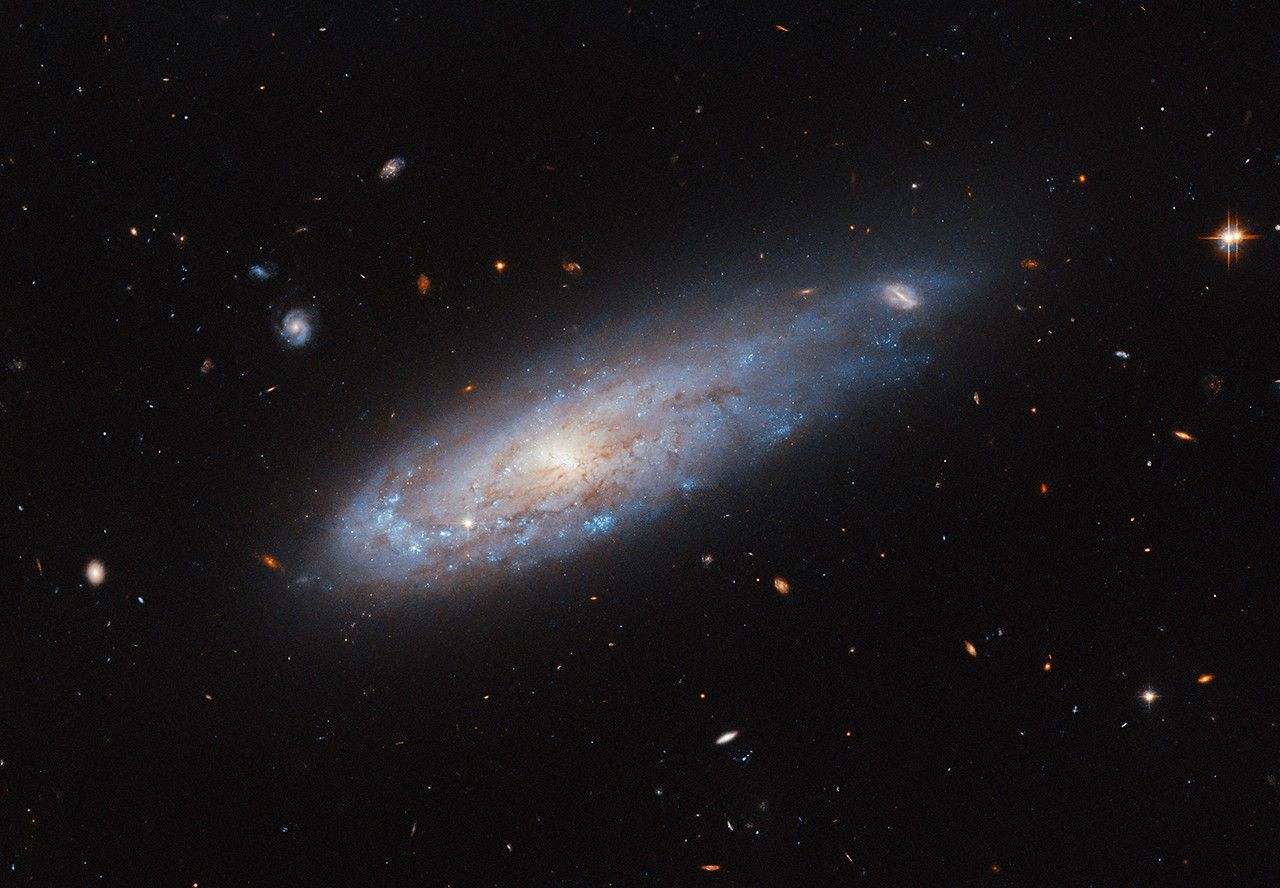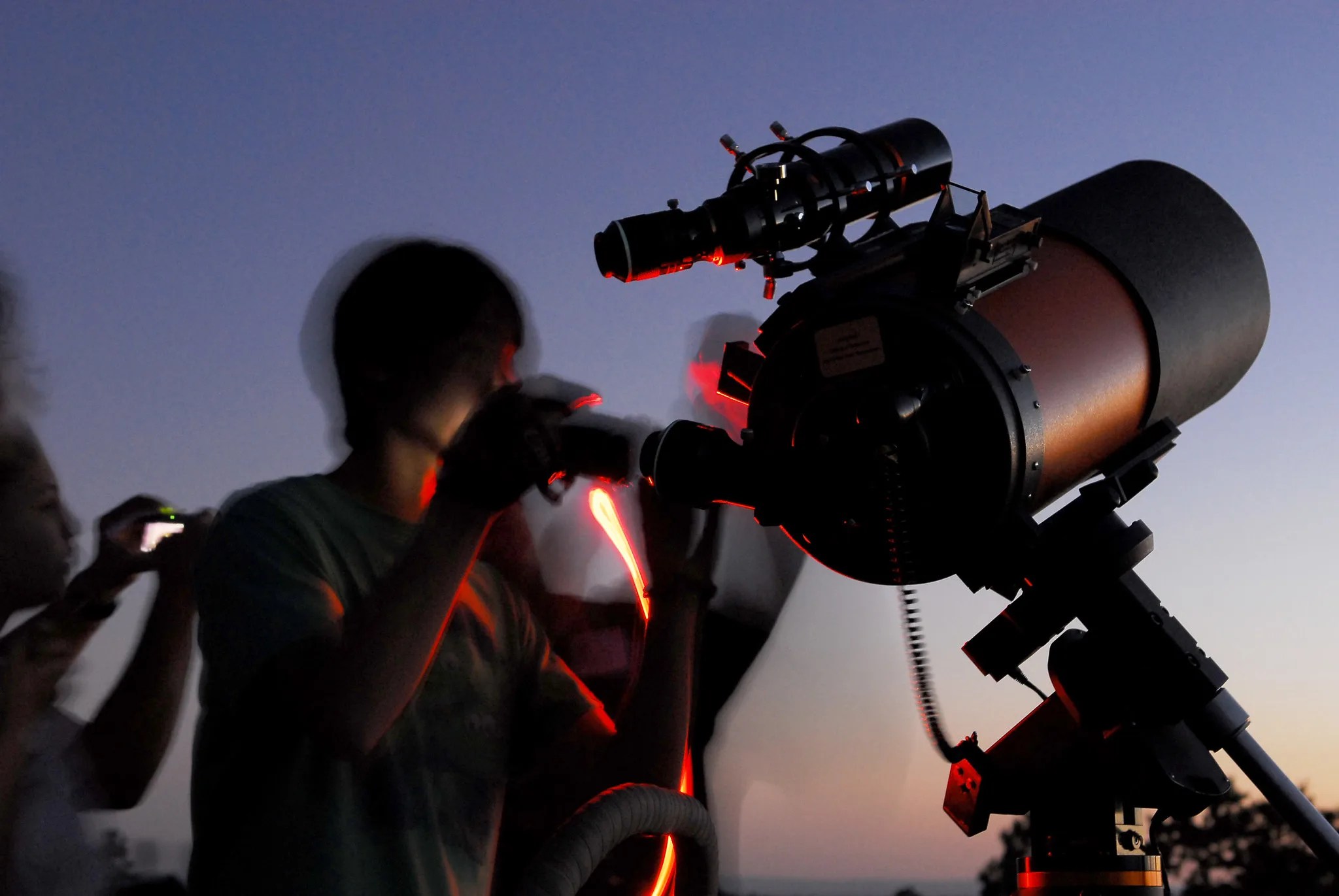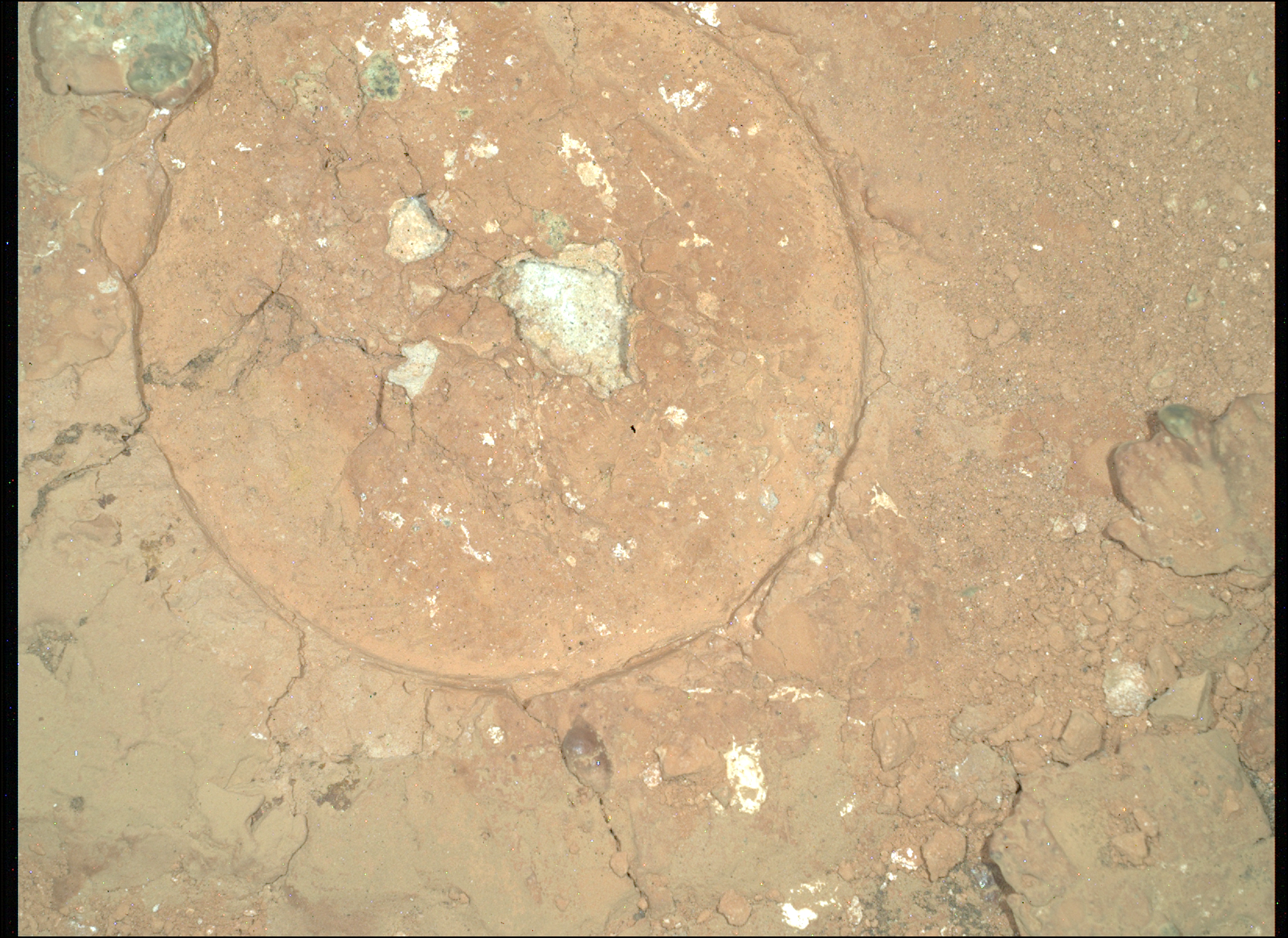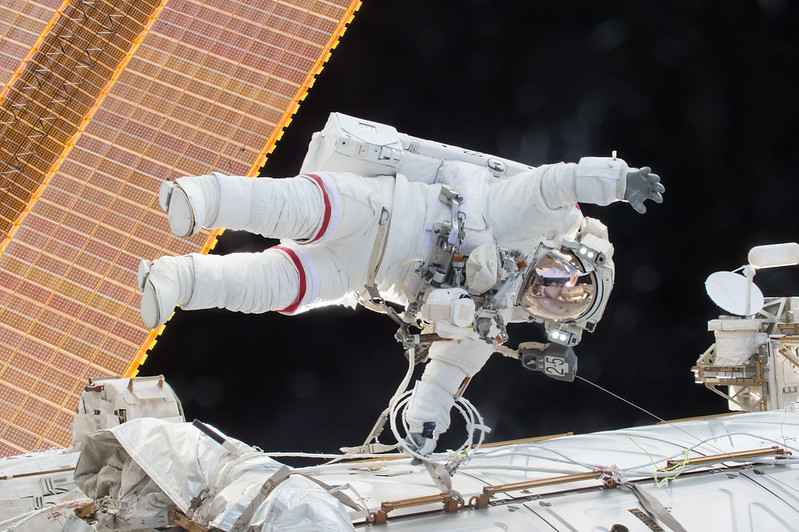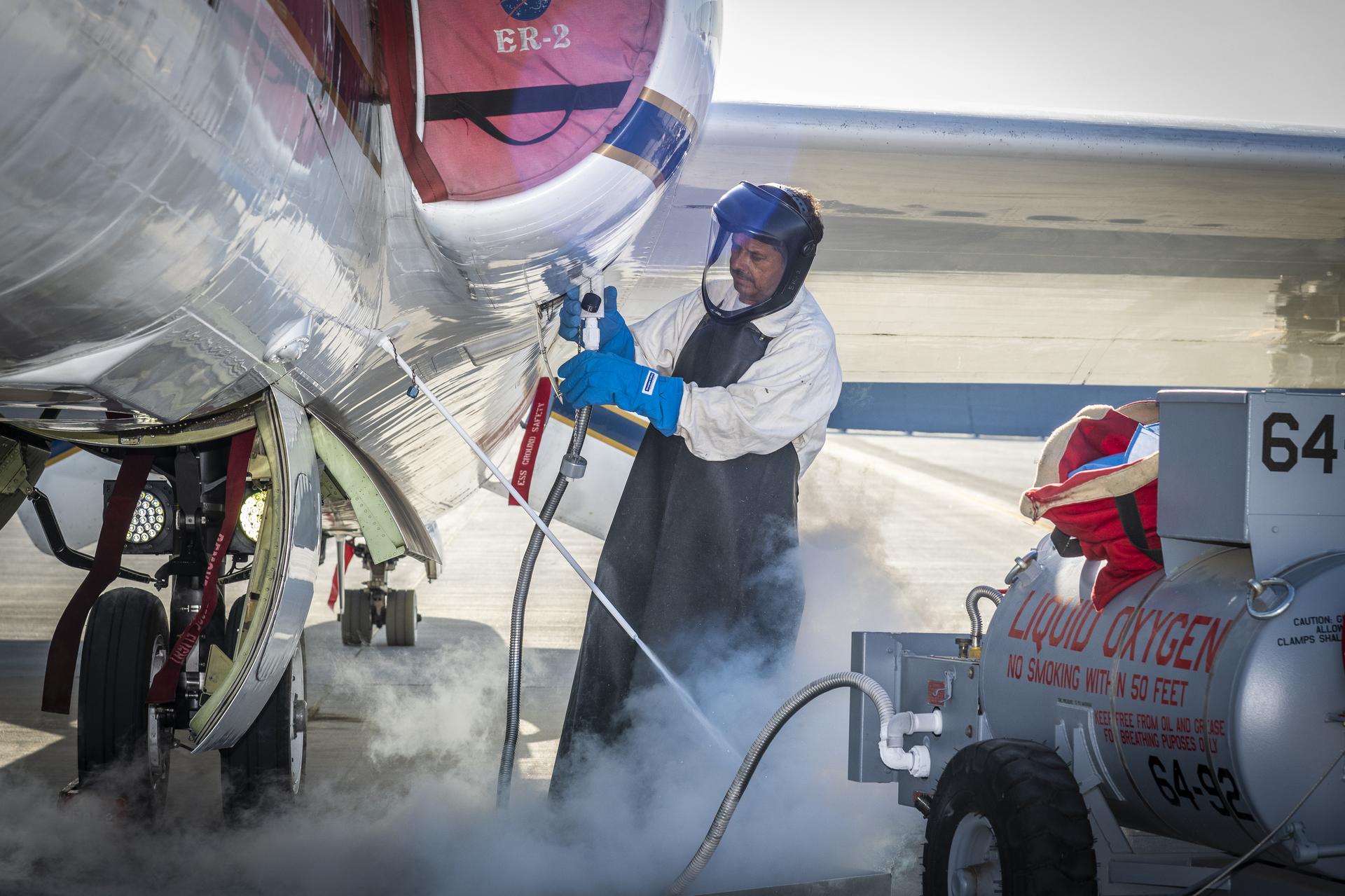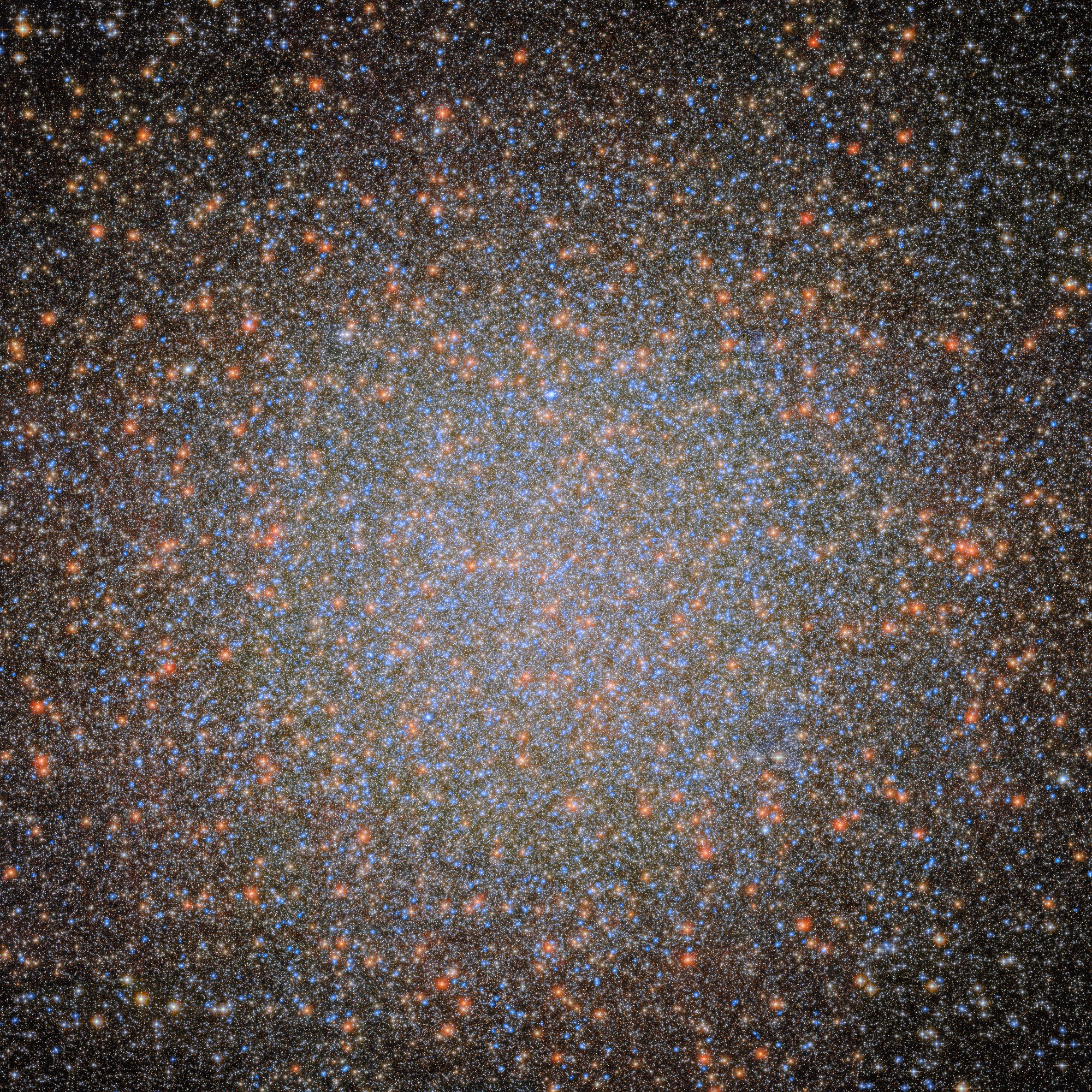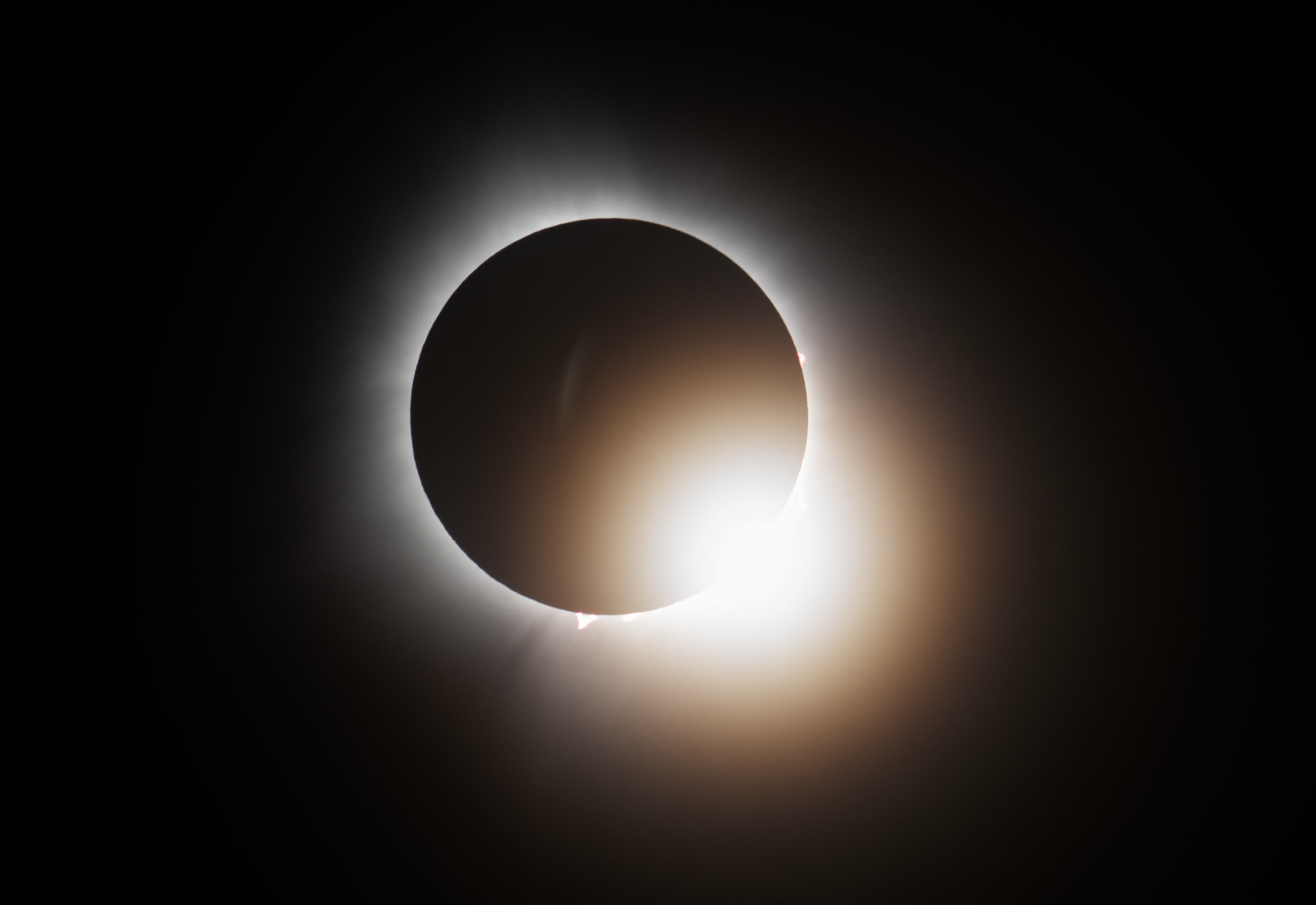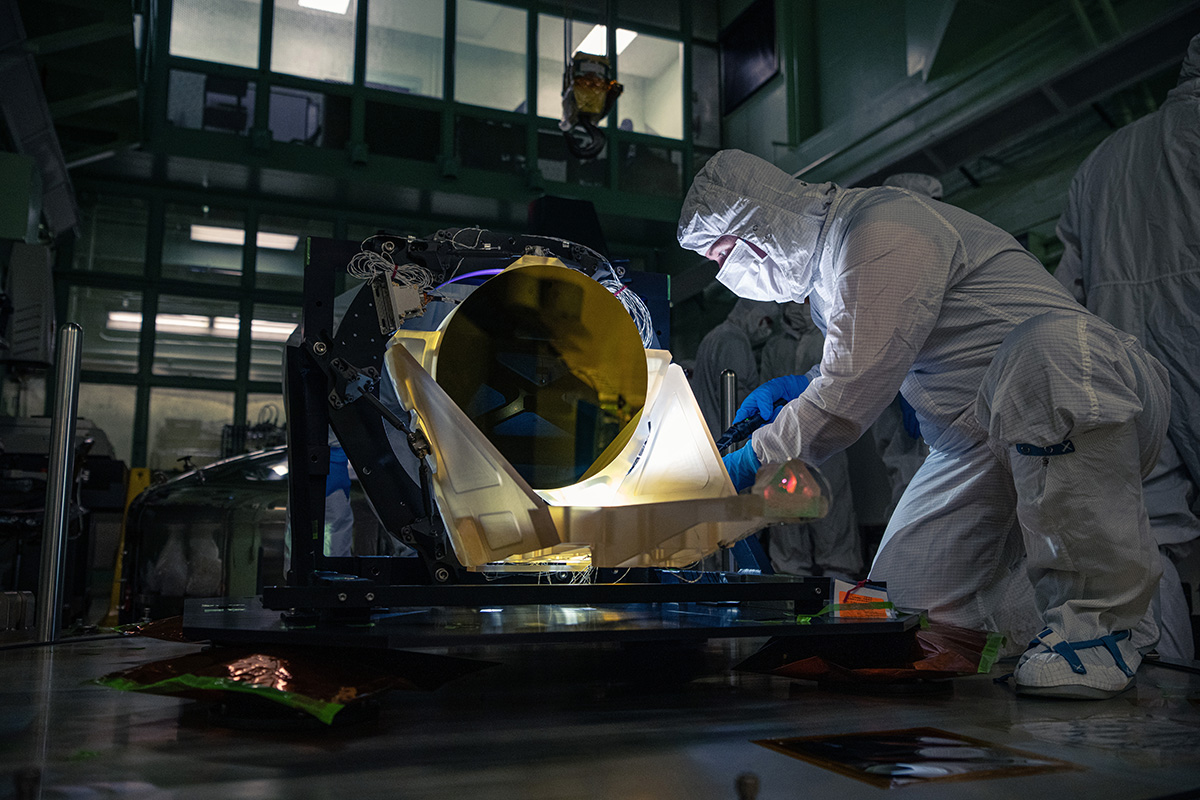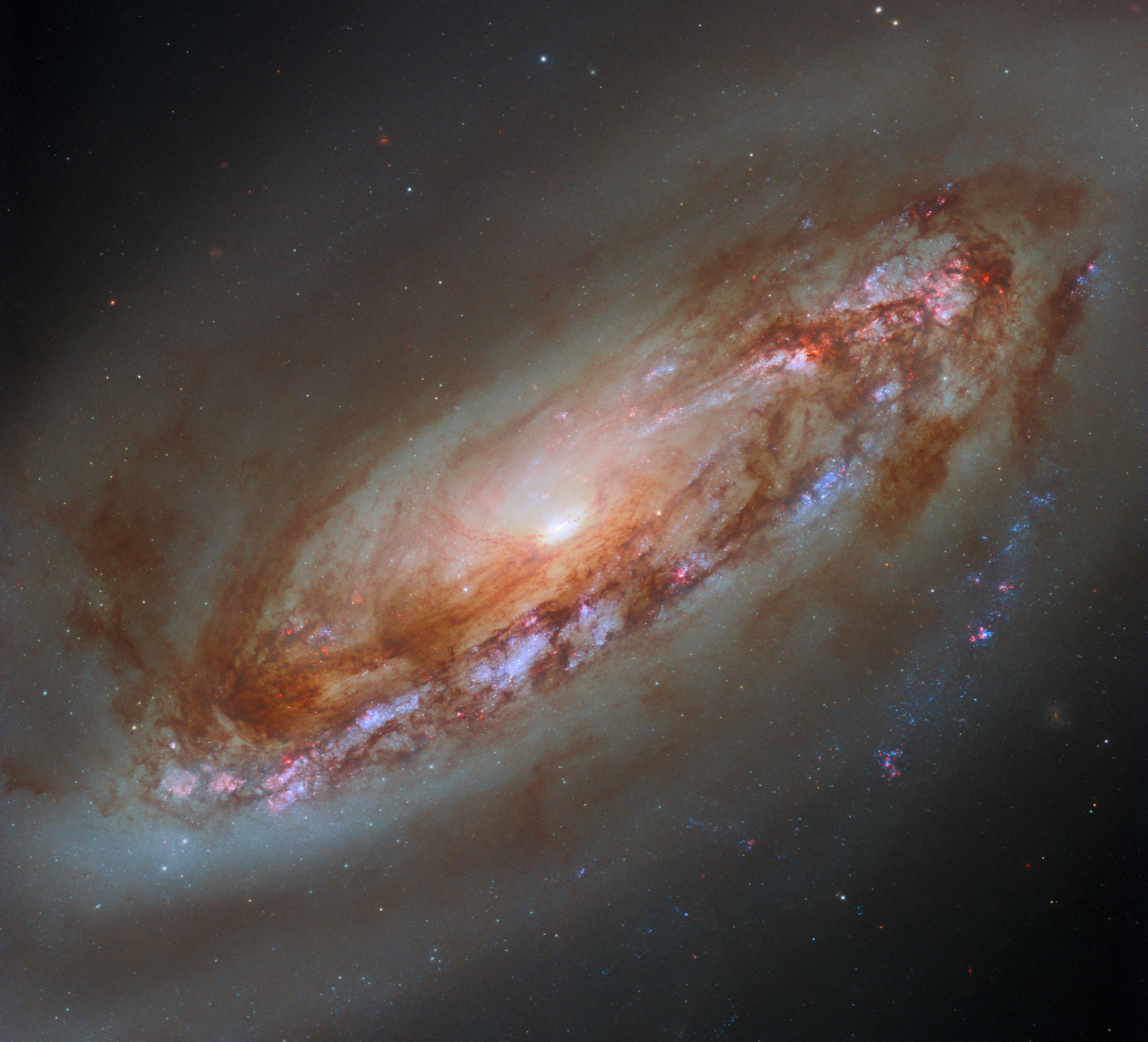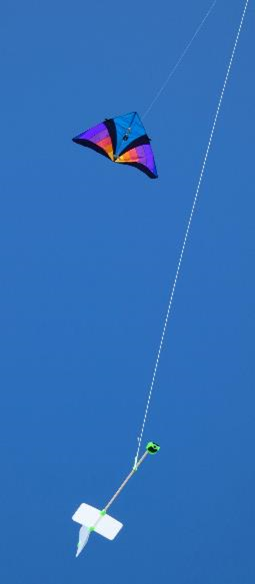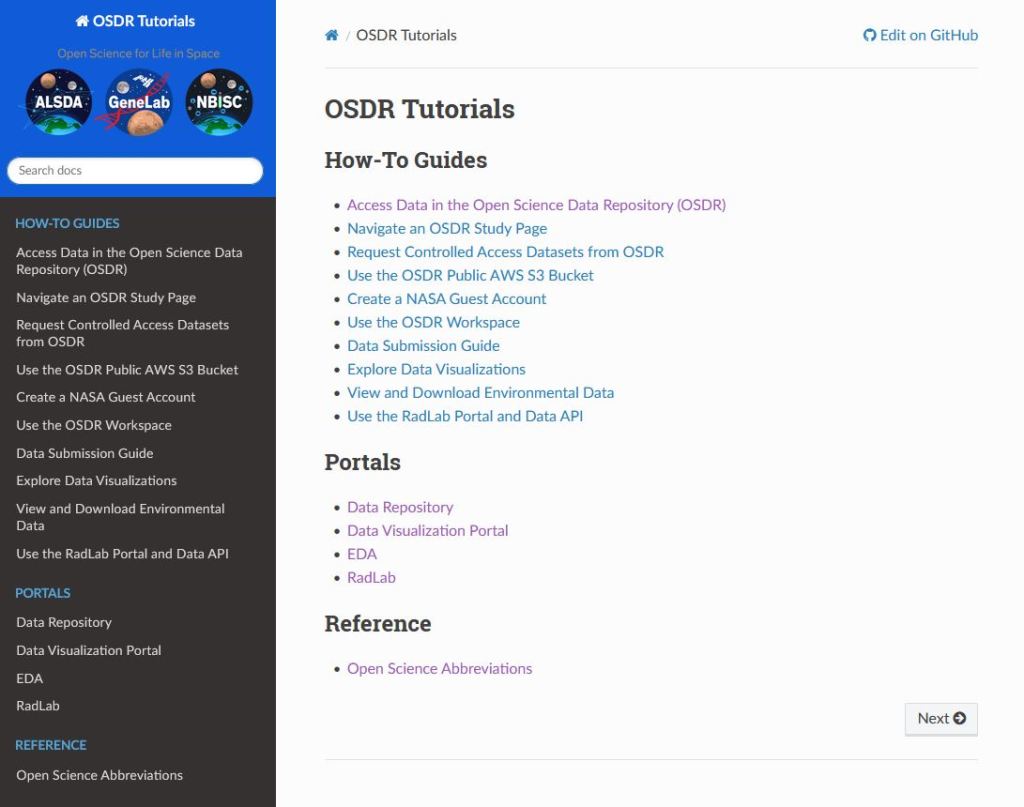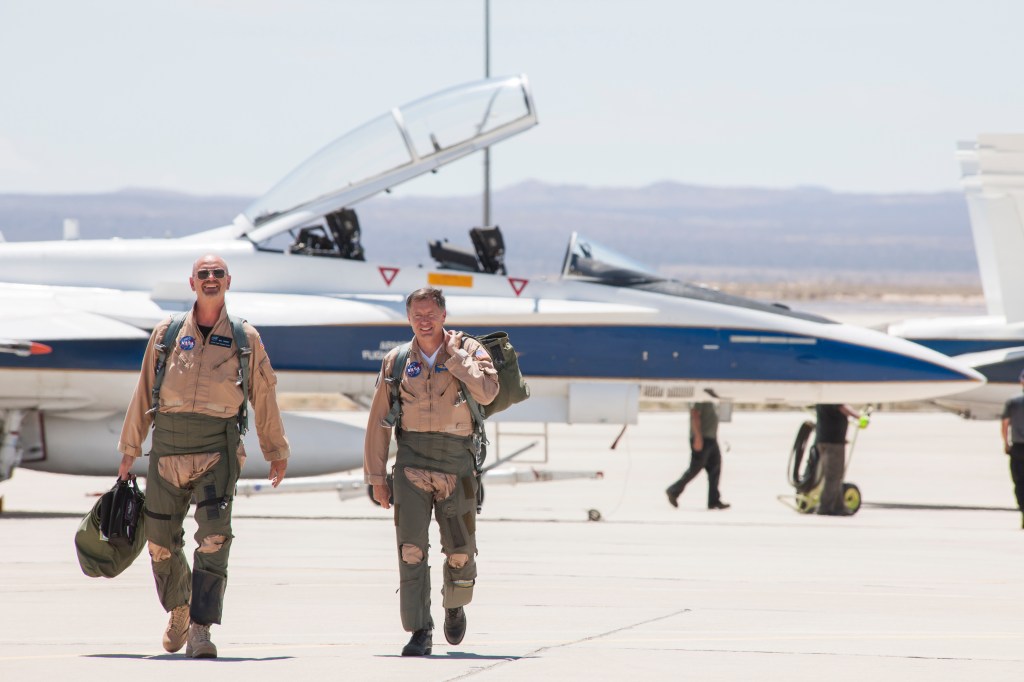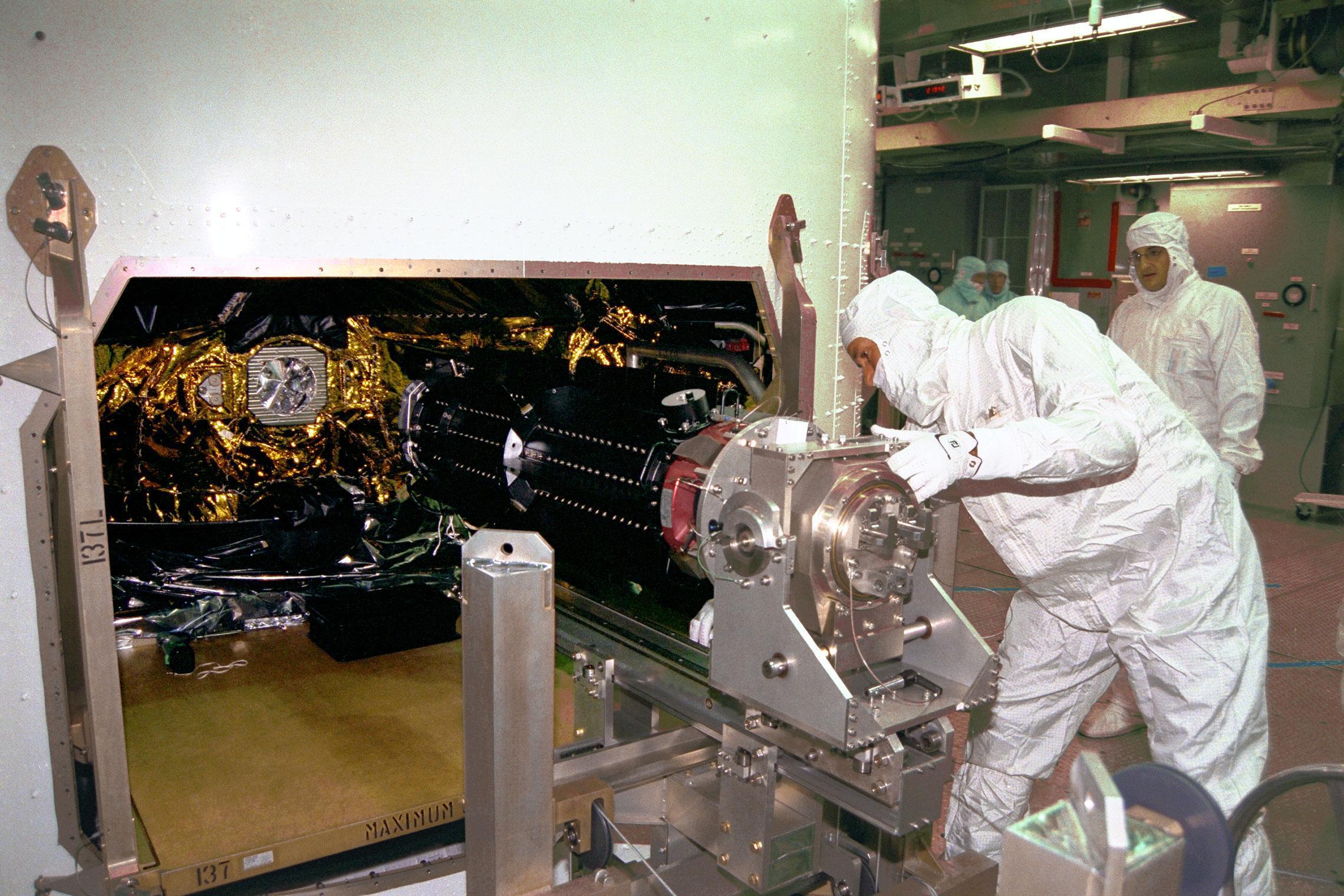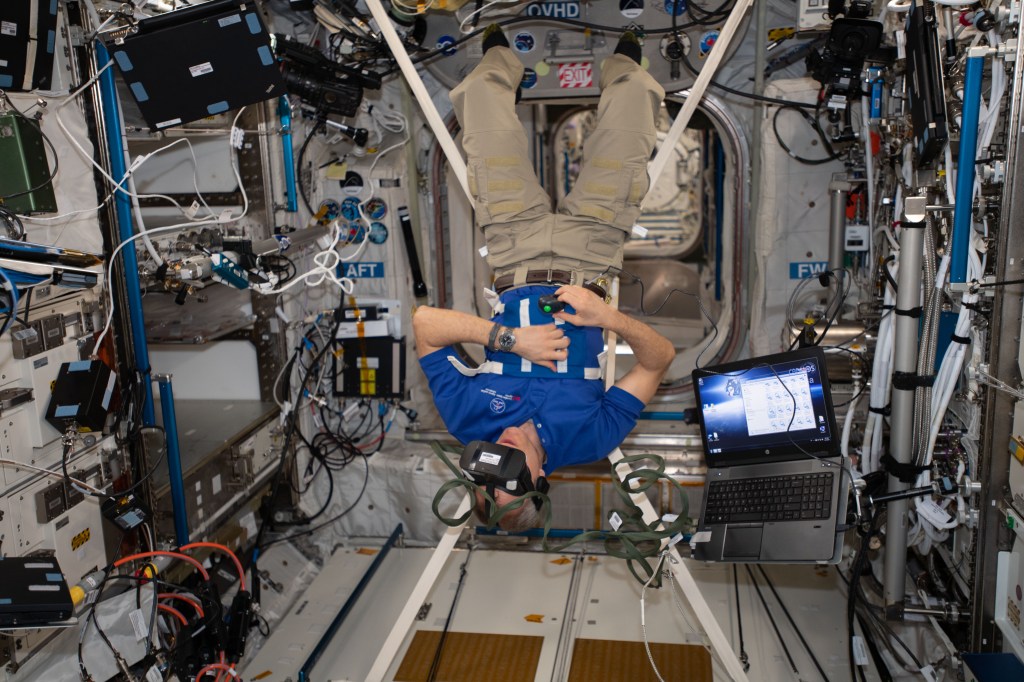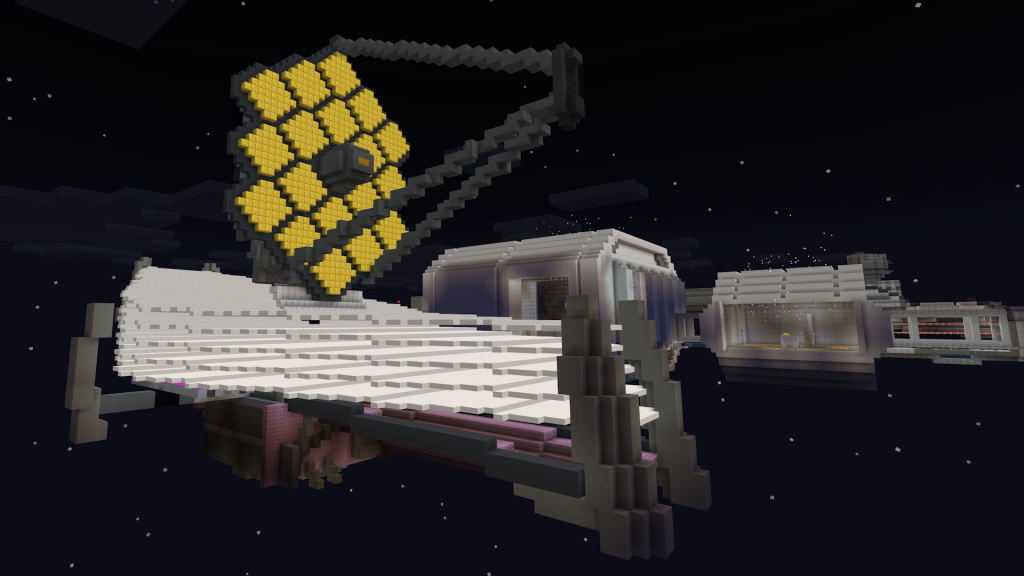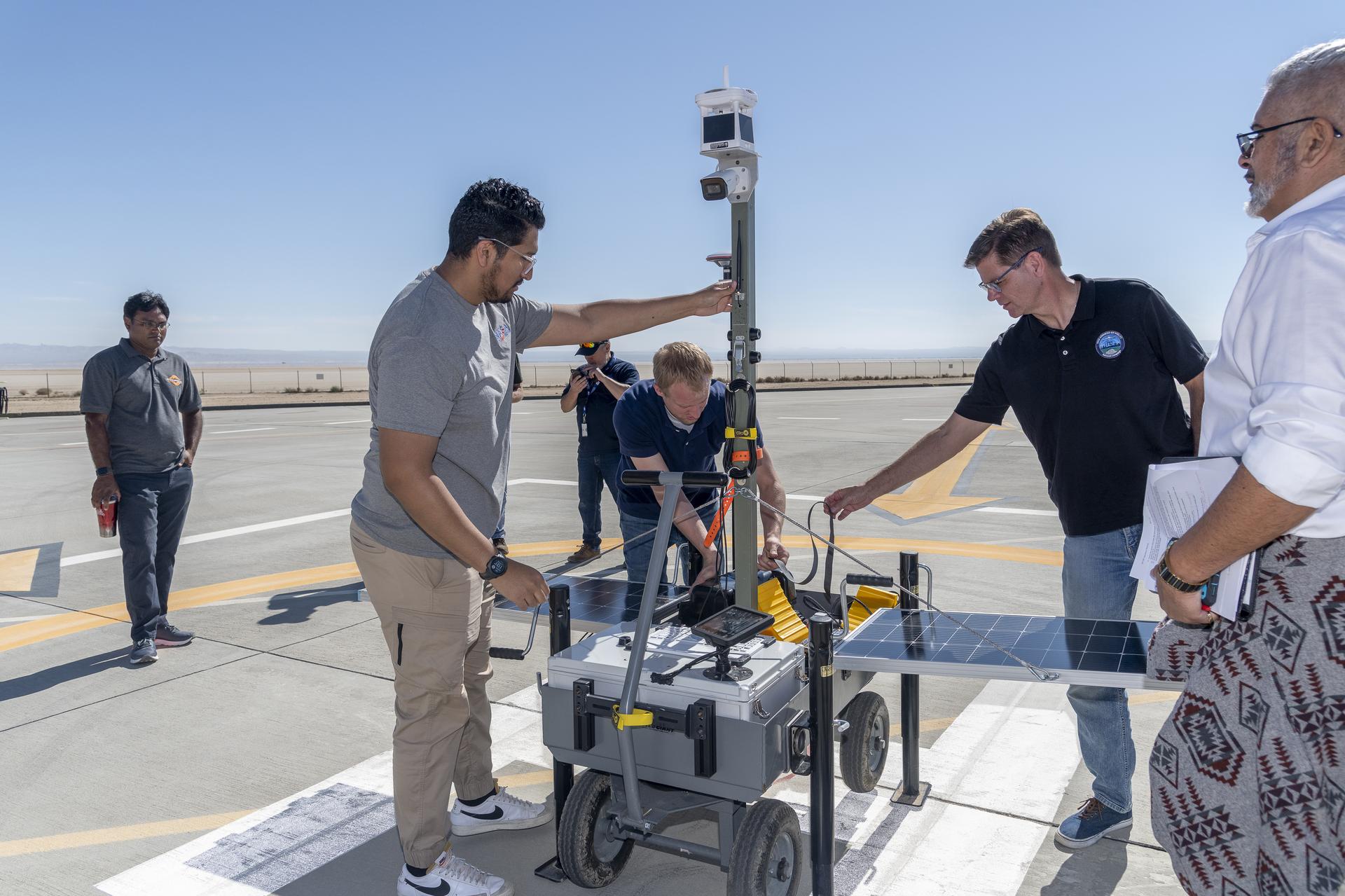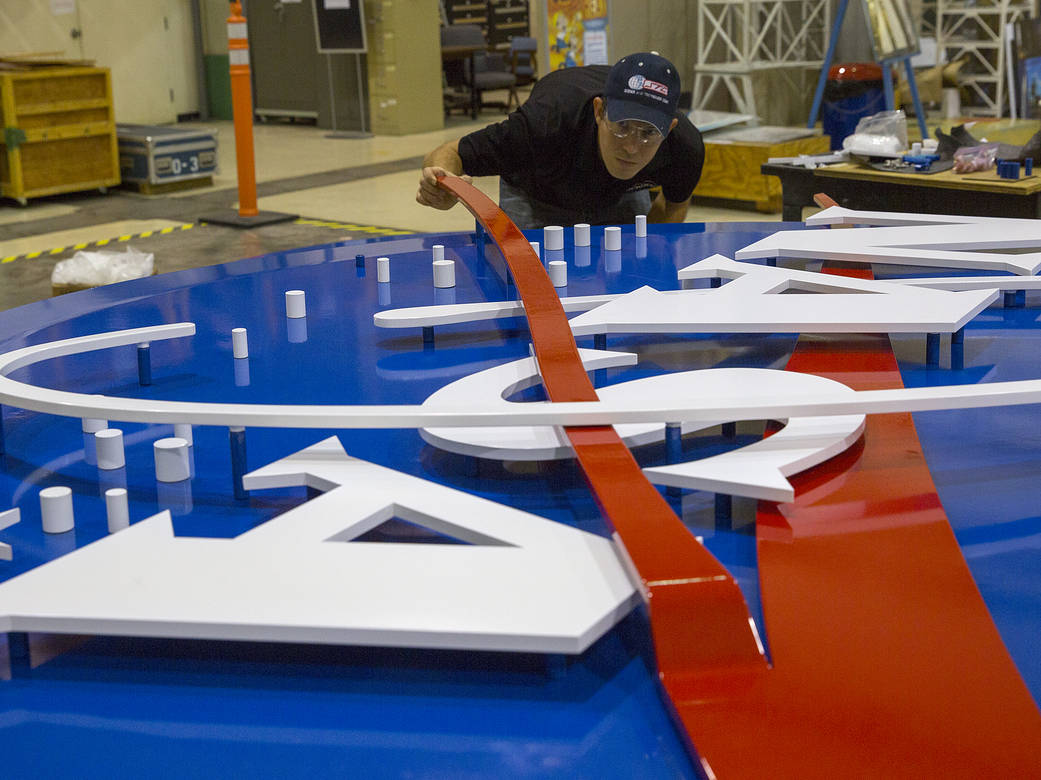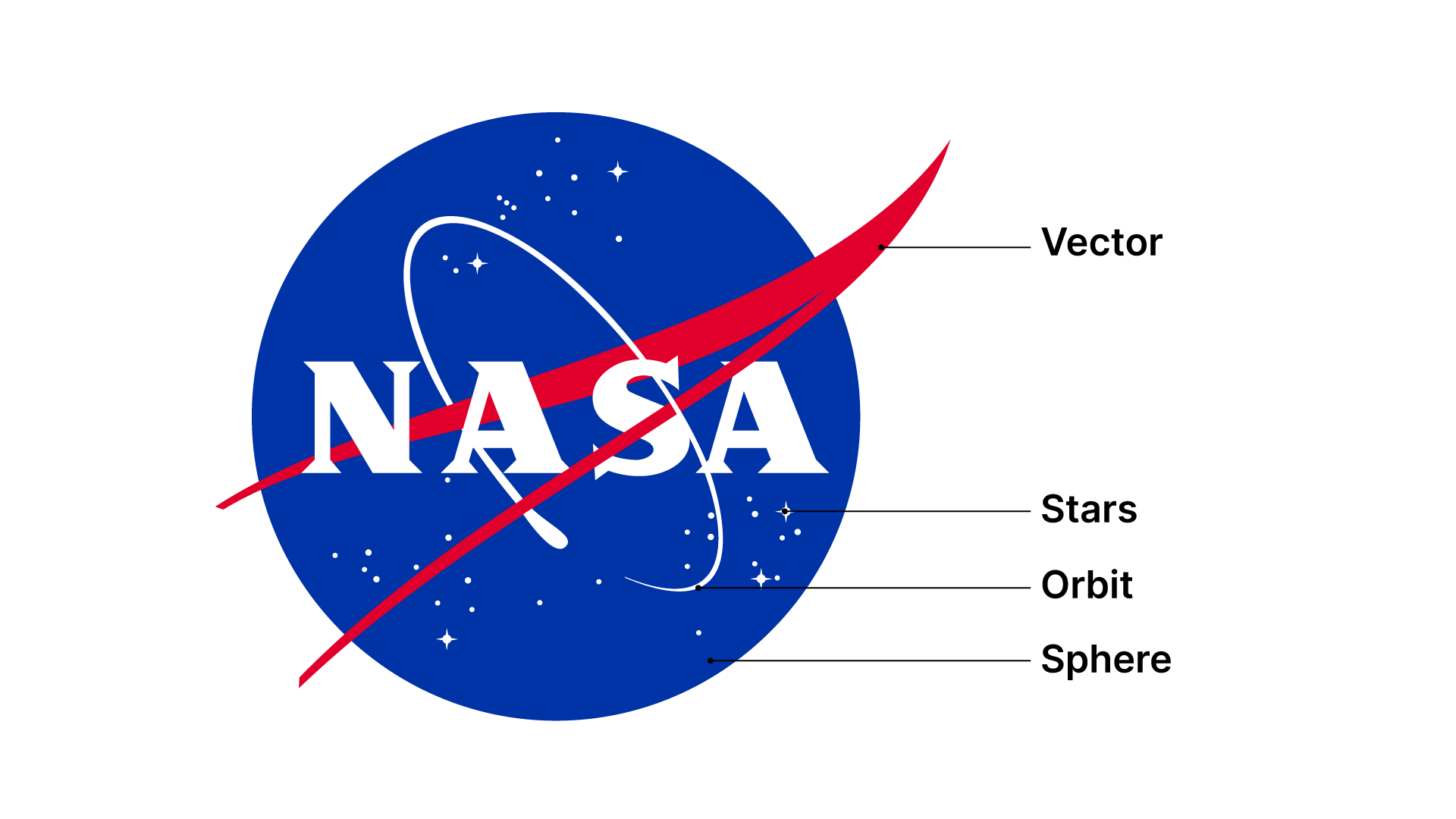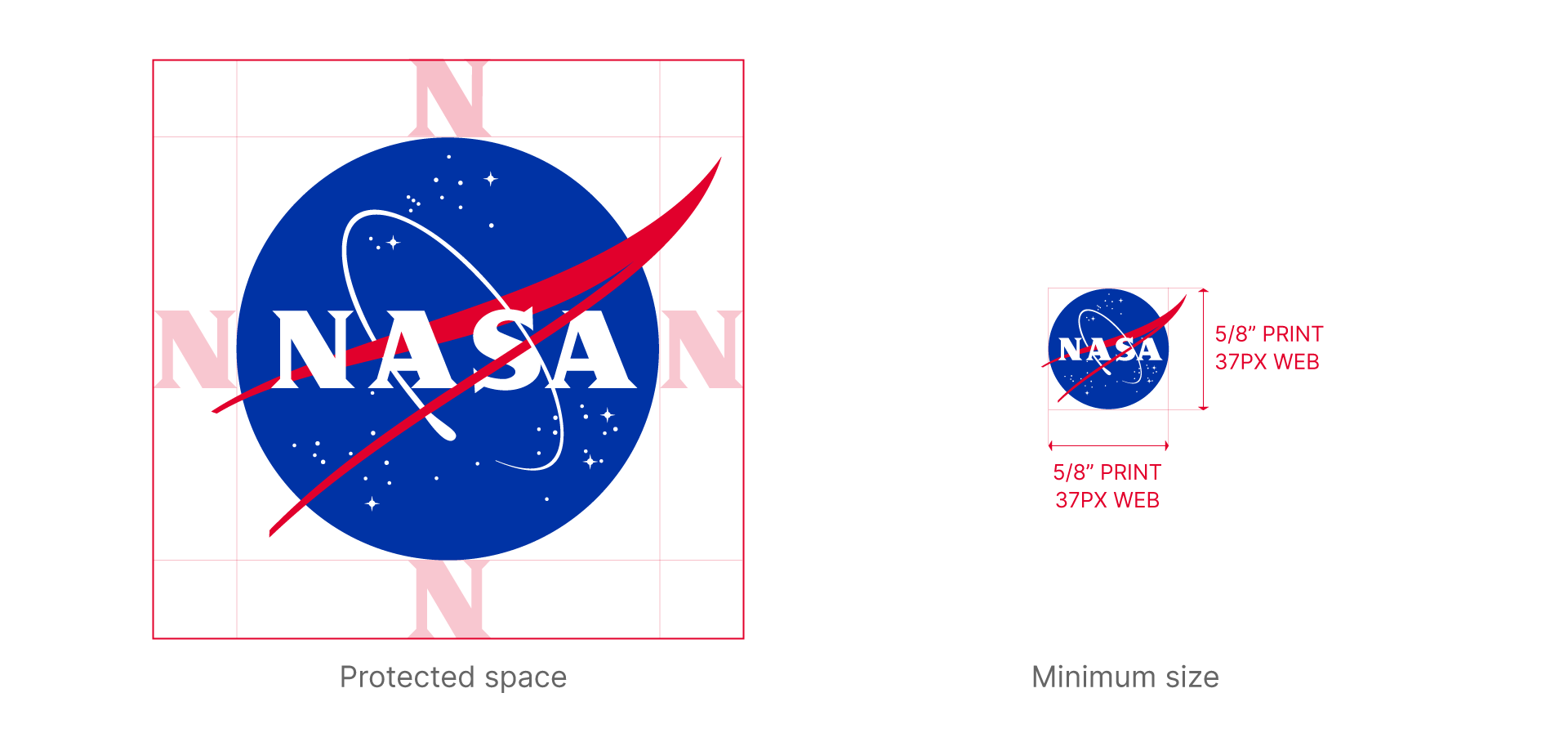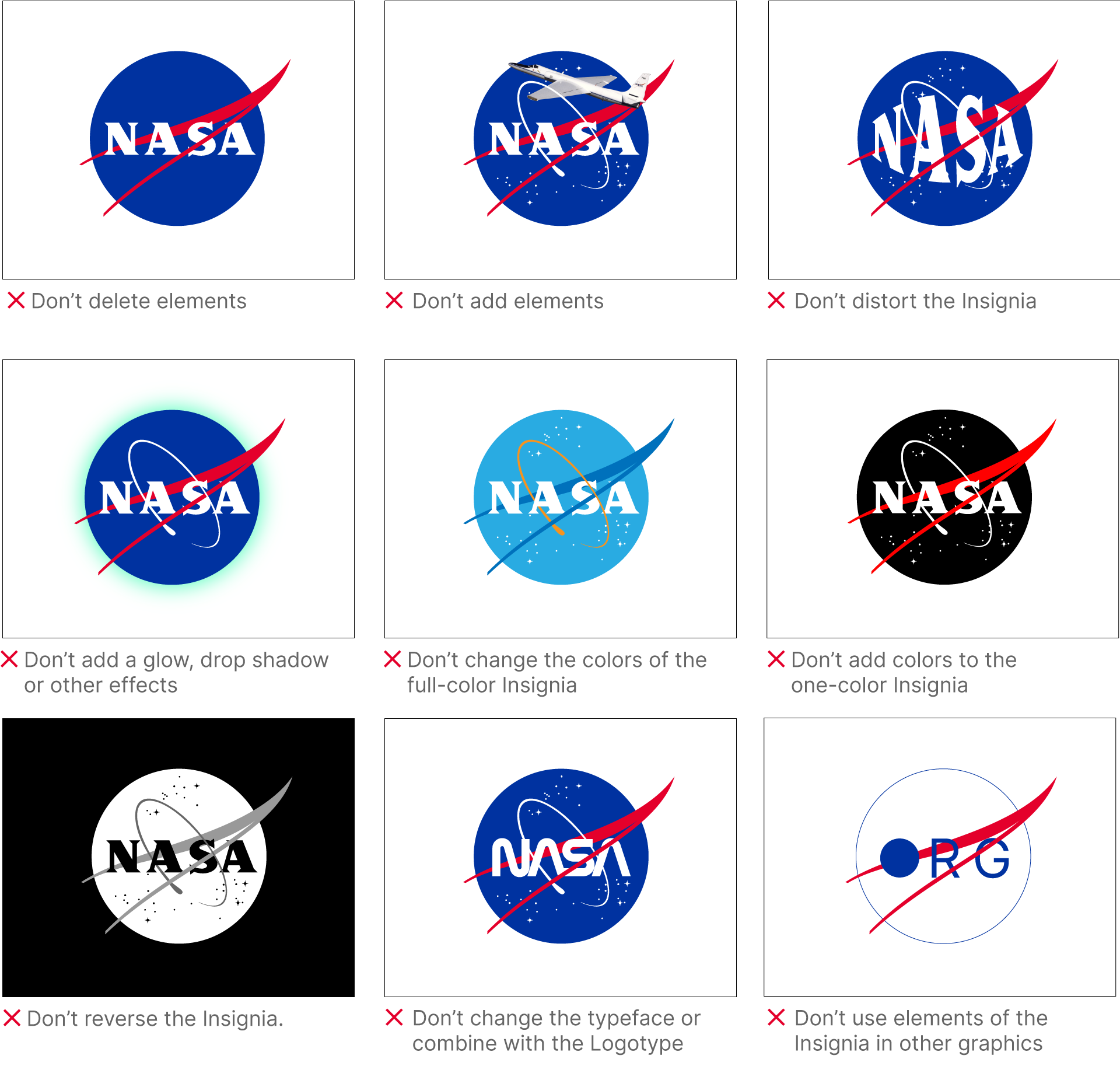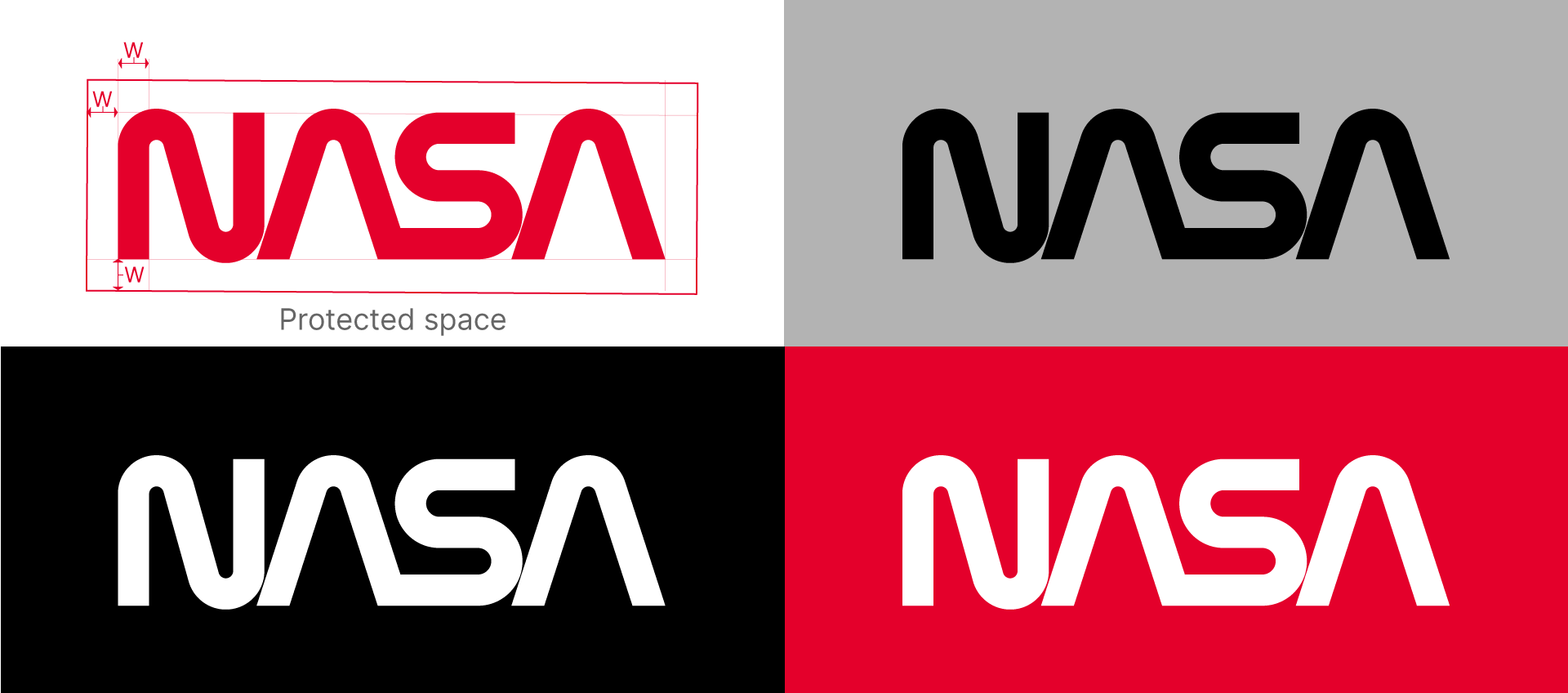Brand Guidelines
NASA Graphic Standards
The goal of the NASA Graphics Standards Manual is to establish a clear and consistent visual identity in keeping with general brand standards. Issued under the authority of 14 Code of Federal Regulations (CFR) 1221. The following (comprehensive) guidelines are extracted from the Graphics Standards Manual and are intended to provide basic guidelines for Insignia, Logotype and supporting graphics use.
NOTE:
The NASA Insignia, Logotype, identifiers, and imagery are not in the public domain. The use of the Insignia, Logotype and NASA identifiers is protected by law, and imagery is made available for use consistent with Media Usage Guidelines.
The NASA Insignia
The NASA Insignia was designed by then–NASA employee James Modarelli and adopted for use in 1959. It was retired between 1976-1992. In 1992, it was reinstated and is presently NASA’s official identifier. The Insignia (commonly referred to as the “Meatball”) reflects the history and tradition of the agency. It must be included on all agency publications, displays, visual communications and markings.
The NASA Insignia contains the following elements:
Strict regulations and guidelines govern the use of the NASA Insignia. The standards for the use of the NASA Insignia, the NASA Seal and the NASA Logotype (Worm) are in accordance with the Code of Federal Regulations 14 CFR 1221 and the NASA Space Act of 1958 as amended.
NASA Insignia, Logotype and Seal should not be used as branding devices, or used in or for advertising, trade dress, promotions, or similar marketing purposes, on third-party websites or communications material.
The NASA Insignia (the blue “meatball” logo), the NASA Logotype (the “worm” logo) and the NASA Seal may not be used for any purpose without explicit permission. These images may not be used by persons who are not NASA employees or on products, publications or web pages that are not NASA-sponsored. These images may not be used to imply endorsement or support of any external organization, program, effort, or persons.
Insignia Versions
The Insignia has four variations: a full-color Insignia, a one-color, one-color with a white rule and mono-color w/white rule versions. The most appropriate version of the four variations of the Insignia should be used based on production requirements, media qualities, visibility and approved usage.
Using the NASA Insignia
Insignia Colors
When rendering the Insignia in full-color use these guidelines:
Insignia Background Colors
Preferred usage of the full-color Insignia is on a solid background of white, black, gray or silver (PMS 877). However the full-color meatball may appear on a colored background, full-color photography or artwork as long as contrast is maintained. Do not use the full-color meatball on backgrounds with clashing colors or similar saturation levels that can reduce legibility.
The full-color Insignia:
can never appear with a white rule;
can be produced in PANTONE, CMYK or the RGB using the color formulas given above;
may not be displayed in reverse.
Protected space and minimum size
The Insignia protected space refers to the clear space surrounding the Insignia in its entirety. This clear space ensures the unobstructed and visible placement of the NASA Insignia. The minimum width for the protected area is 1N height from the edge of the sphere. Text and images may not violate the Insignia’s protected space.
Centering the Insignia
The insignia is not symmetrical and should be center aligned using its blue sphere (sphere-centered), not object-centered (aligned as a whole).
Sphere-centered Insignia (correct)
Object-centered Insignia (incorrect)
Insignia Violations
When using the NASA Insignia, avoid the following violations*.
Identifier Configurations
In the preferred configuration, the Insignia within its protected space must be aligned to the upper right corner of the design border, and the agency name must be aligned to the left edge. The text must be on one line, except on smaller items such as bookmarks and trifold brochures, where space is limited.
As an alternate, a right or left justified version of the configuration can be used. The agency name should break after the word “and.” The space between the lines must be two points greater than the point size of the agency name. The vertical alignment is the same as for the left-justified, two-line agency name. There is a vertical line between the agency name and The x-height of the lower line must align with the baseline of “NASA” within the Insignia.
Typography
Print Applications:

The recommended typefaces for all uses are Helvetica and Garamond.
Helvetica is required for the NASA identifier configuration and NASA portal (web) address.
Digital/Web Applications:
Our website is supported by the Horizon Design System which utilizes a combination of three font families to help guide users to read and understand the hierarchy of information:

Inter is a variable font family carefully crafted & designed for computer screens. This typeface features a tall x-height to aid in readability of mixed-case and lower-case text. This font is used throughout the system for large display as well as headings.
View on Google Fonts

Public Sans is a strong, neutral typeface for interfaces and text. This typeface has more personality than Inter, but its flare makes it a much better typeface for readability with large bodies of text. For that reason, Public Sans is used throughout the system for body copy.
View on Google Fonts

DM Mono is a monospace font. This characteristic makes it the perfect typeface for reading numbers and small labels. HDS uses this typeface to give emphasis and create a more technical look and feel to the large numbers and small labels throughout the system.
View on Google Fonts
Additional Typography Guidelines
The agency name (National Aeronautics and Space Administration) and its acronym (NASA) should always be set in a clean sans-serif typeface.
The agency name and/or acronym must not be displayed in decorative or novelty fonts
Text that uses fonts or typographic styles resembling the NASA Insignia typeface or the NASA logotype (Worm) is not permitted.
Supporting Elements
The NASA Logotype
The NASA Logotype (Worm), designed by Richard Danne and Bruce Blackburn in 1975, was NASA’s official logo between 1976-1992. The Logotype can be used as a supplemental graphic to the NASA Insignia (Meatball) in when appropriate. The NASA Logotype should never appear without the Insignia in appropriate proximity except on commercial merchandise. Any use of the Logotype shall be reviewed by the Associate Administrator for Communications designee and/or the merchandising team.
Logotype Background Colors and Protected Space
The examples shown below illustrate acceptable uses of the NASA Logotype and protected space requirements. The Logotype should only be shown in NASA Red, white, black or very light backgrounds. The Logotype should never be shown in NASA Red against a black, very dark or medium-value background or shown in NASA Blue.*
Additional Supporting Elements
NASA Administrator’s Seal
The NASA Seal is reserved for the NASA Administrator’s exclusive use for official correspondence, events and activities only. The seal artwork can never be used for merchandise. The NASA Seal and Insignia should never be used together. The NASA Seal should not be used as the agency identifier except on NASA flags and security badges, according to the Code of Federal Regulations 14 CFR 1221.
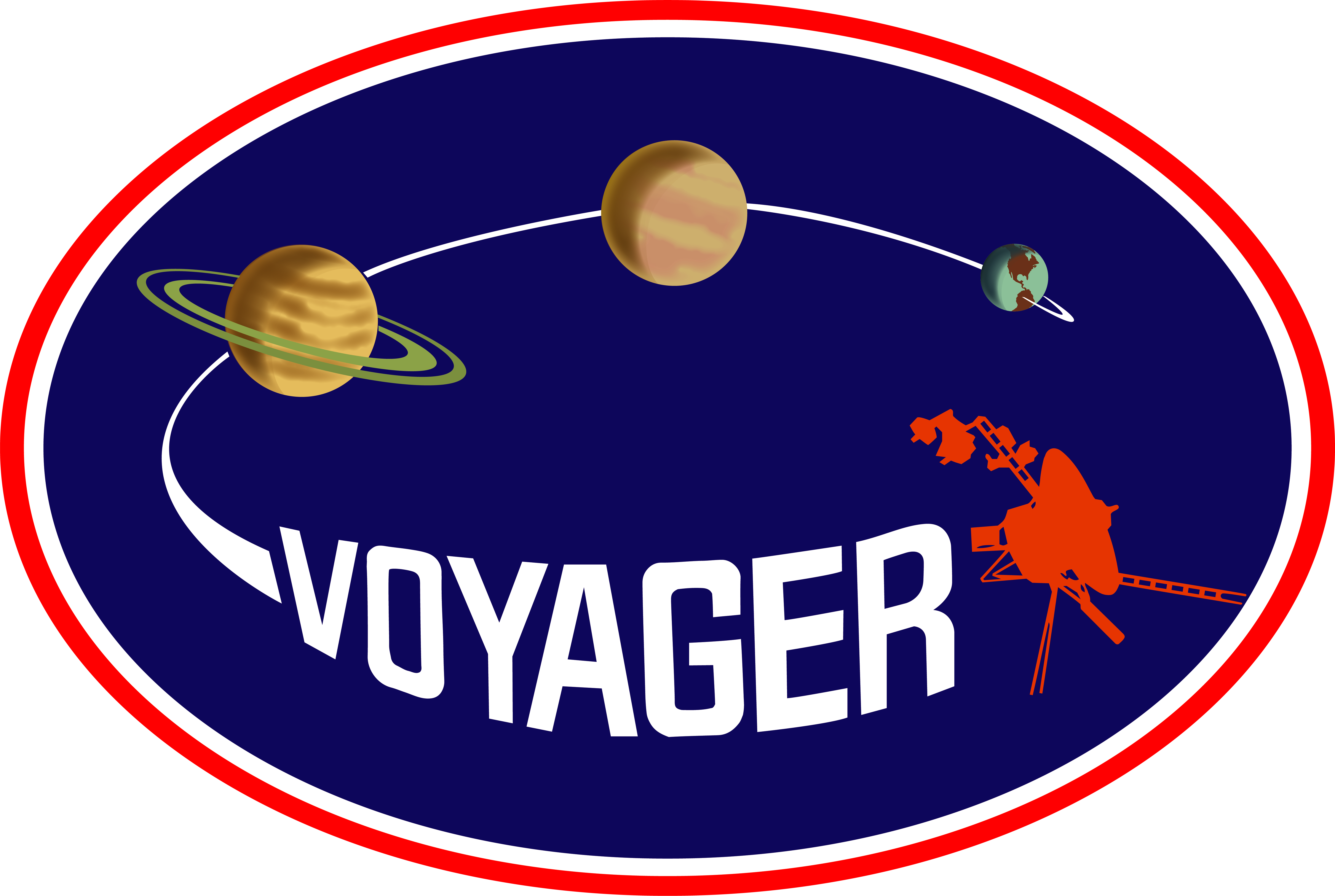
Emblems: Crew and Mission Team
Since 1965, NASA crew and mission teams have created emblems to represent their efforts. Originally designed for use on mission patches, these emblems are now used on clothing/uniforms, lapel pins and stickers. Crew and mission emblems will not be used on any publications (other than press kits or other documents approved by the Associate Administrator for Communications or designee) and will not be used next to or include the NASA Insignia.

Identifiers: Mission, Project, and Program
A mission, project, or program Identifier is a custom mark and/or typeface created for team morale and communications purposes. They do not replace the NASA Insignia or NASA Identifier (combination of agency name, insignia, and web address). Identifiers appear prominently as part of your primary artwork and will be used with the NASA Insignia as any other graphic/artwork would be, in accordance with the NASA Graphics Standards Manual. Exceptions include pins/patches, stickers, apparel (privately funded), and launch broadcast graphics. Please note, mission, project, and program identifiers are not in the public domain, and are protected under the Code of Federal Regulations as they were created by NASA and adopted by the program.
These Identifiers are permitted for use internally. Requests for external use of these Identifiers will be evaluated by the Associate Administrator for Communications or designee. Because of the variety of format requirements for external use, missions and projects are encouraged to work with their facilities graphics team to design Identifiers that follow NASA’s Mission and Project Identifier Best Practices guidelines. A list of facility graphics contacts can be found in the resources section of this website.
Flagship Identifiers
Identifiers for large-scale/flagship missions or international efforts are occasionally approved for use on public-facing materials alongside the NASA Insignia. In these instances, the Insignia must be the maintain visual priority and the development and use of Principal Identifiers for external products will be evaluated by the Associate Administrator for Communications.
Flagship Identifiers must be created in partnership with the Office of Communications and can be used externally. Currently, the only two approved Flagship Identifiers are for Artemis and the James Webb Space Telescope. For additional guidance on using these products, please refer to their specific Visual Identity Guideline manuals.
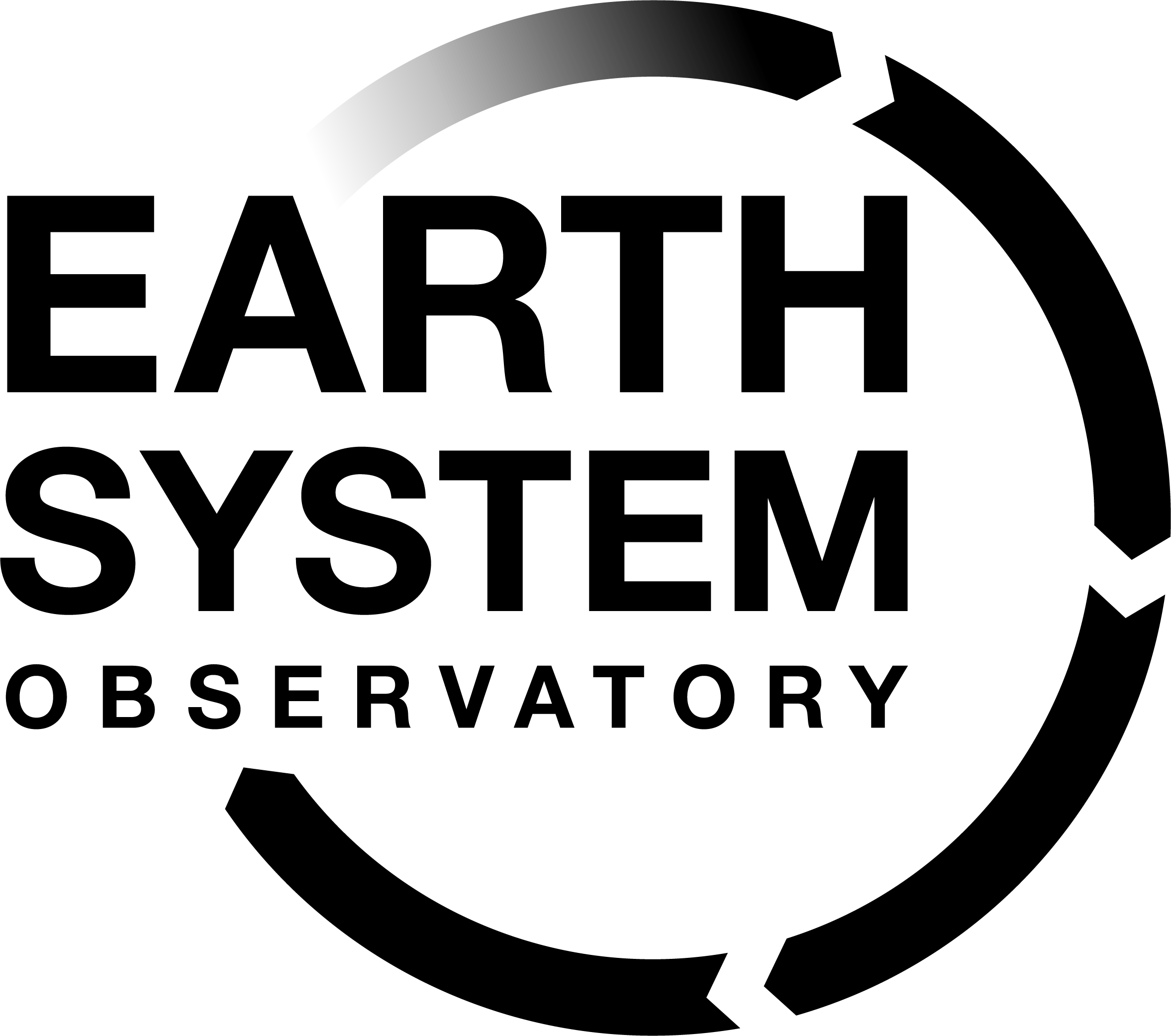
Campaign and Anniversary Logos
Campaign and anniversary logos may be created to celebrate historic NASA milestones and campaigns. The development and use of anniversary logos for external products will be evaluated by the Associate Administrator for Communications.
Important Additional Requirements / Restrictions
NASA crew and mission team emblems, mission and project Identifiers and program, and campaign identifiers:
Cannot contain or use the NASA Insignia or logotype
Cannot contain the names or logos of contractors
Must not use typographic styles resembling the NASA Insignia typeface or the NASA logotype (Worm)
Logos of international space agencies or co-sponsors may be used on communications materials, hardware, vehicles, or spacecraft if they are reviewed and approved, in advance, by the Associate Administrator for Communications or designee.
As a U.S. government agency, NASA makes its imagery and video publicly available for educational and information purposes, however, since Non-Fungible Tokens (NFTs) are, in essence, digital tokens owned by someone as a “one of a kind” digital asset, NASA doesn’t wish for its materials to be used for these purposes. The agency also doesn’t approve any merchandising applications involving NFTs, and it’s unlawful to falsely claim copyright or other rights in NASA materials.
Contact Info.
Questions about NASA logo usage and graphic guidelines can be sent via email to:
agency-brand@mail.nasa.gov
Additional Guidance
Guidelines for logo usage, merchandising requests, media usage, and advertising requests

Film & Documentary
From providing footage to on-site filming learn more about working with NASA on documentary and film projects.

Merchandise
Guidance for companies seeking approval for producing NASA-related merchandise
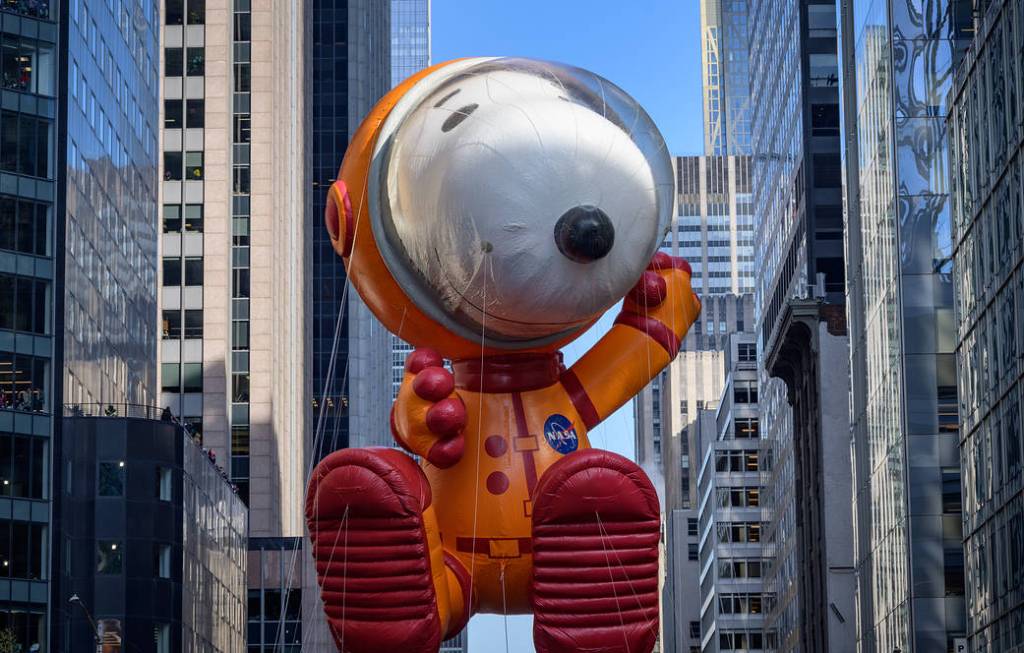
Strategic Partnerships
Learn more about how NASA collaborates with brands on engagement opportunities and products.
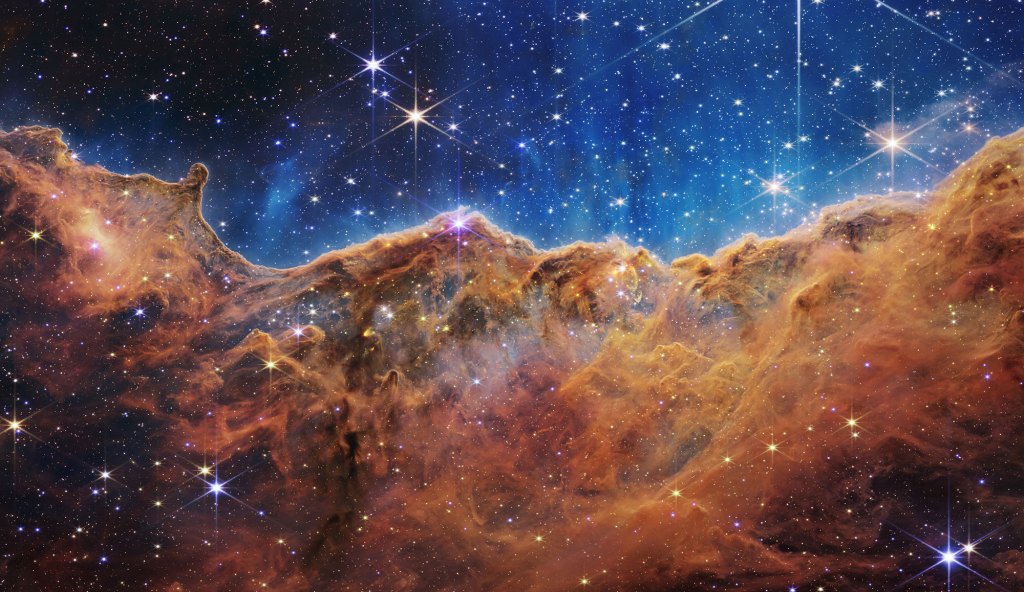
Images & Media
Access and use of NASA's images and media assets for educational, informational and commercial purposes


